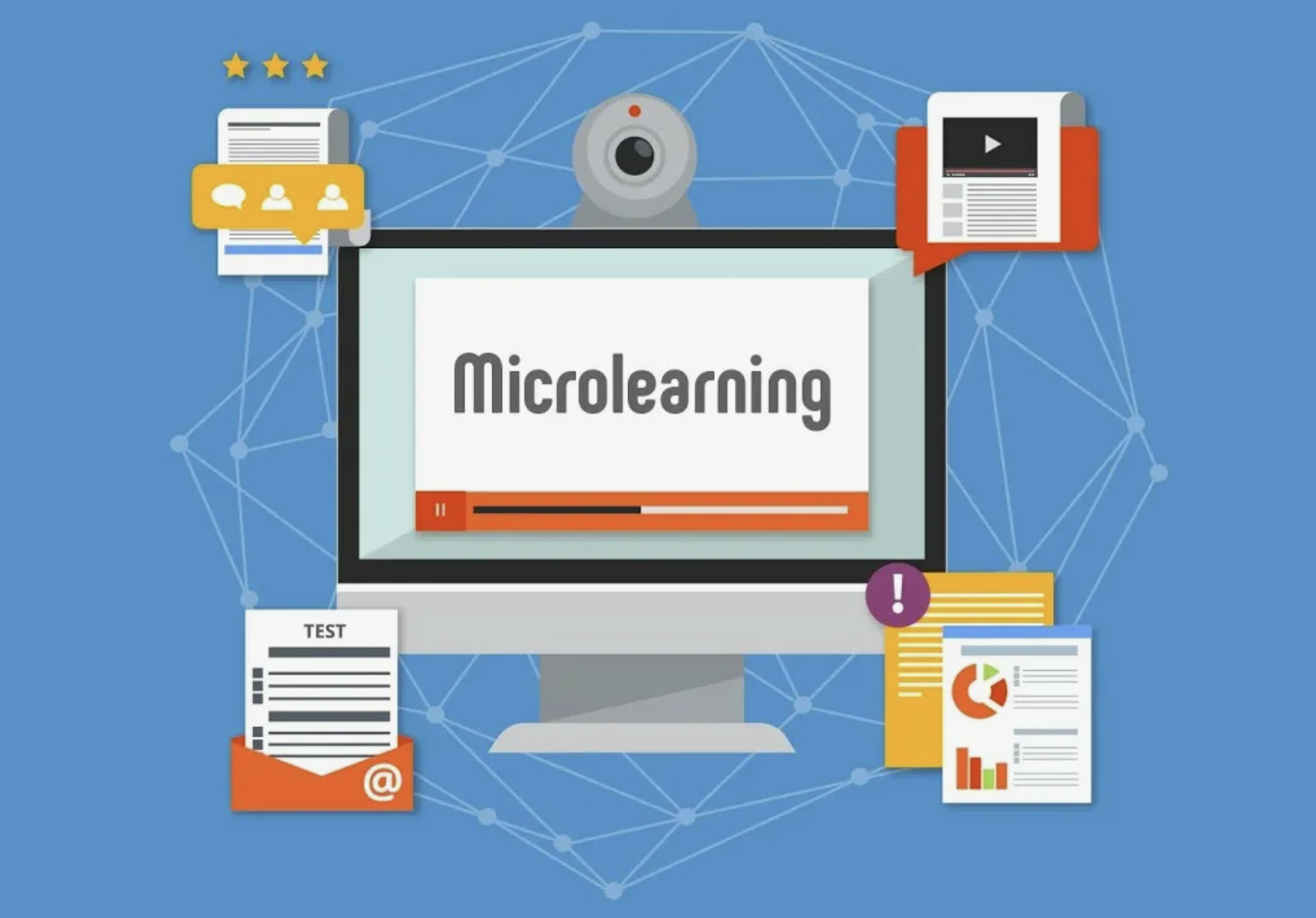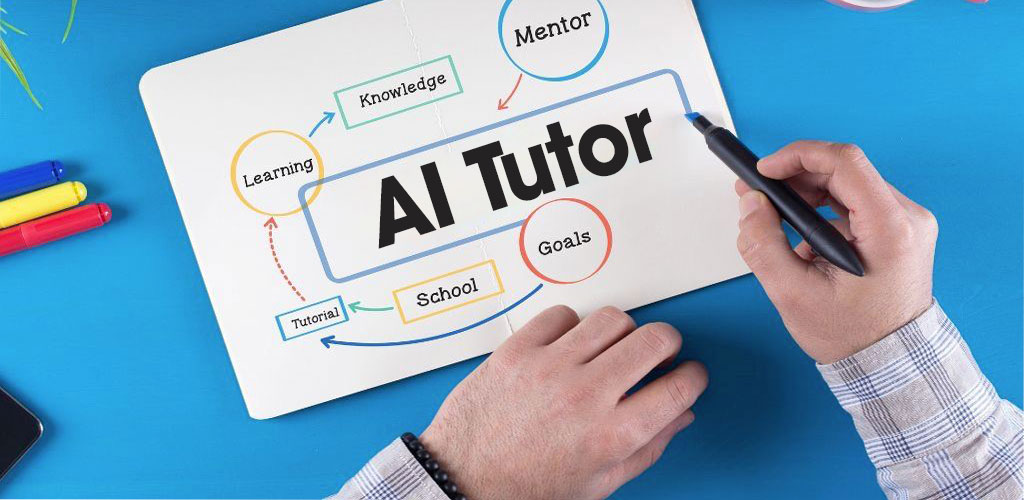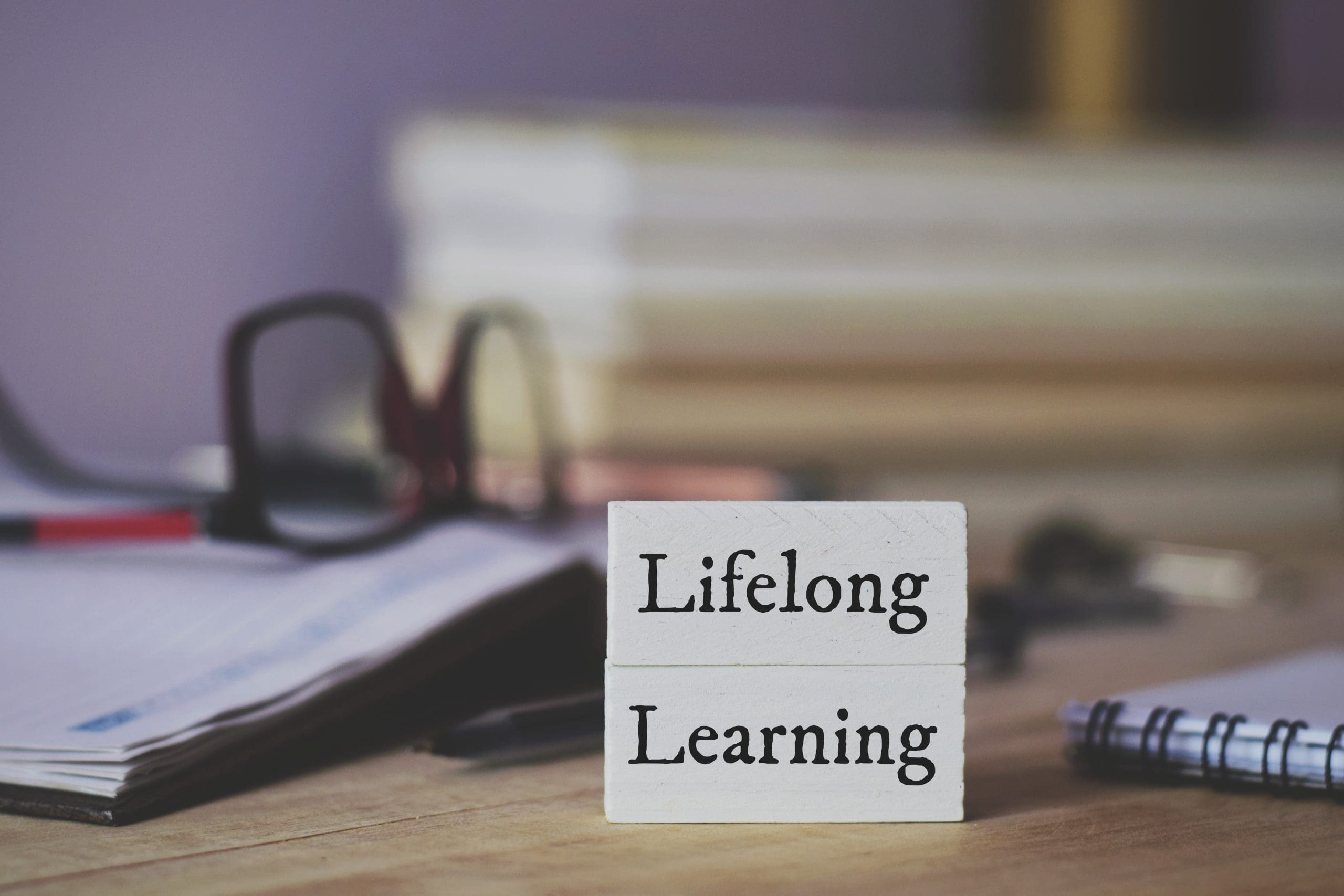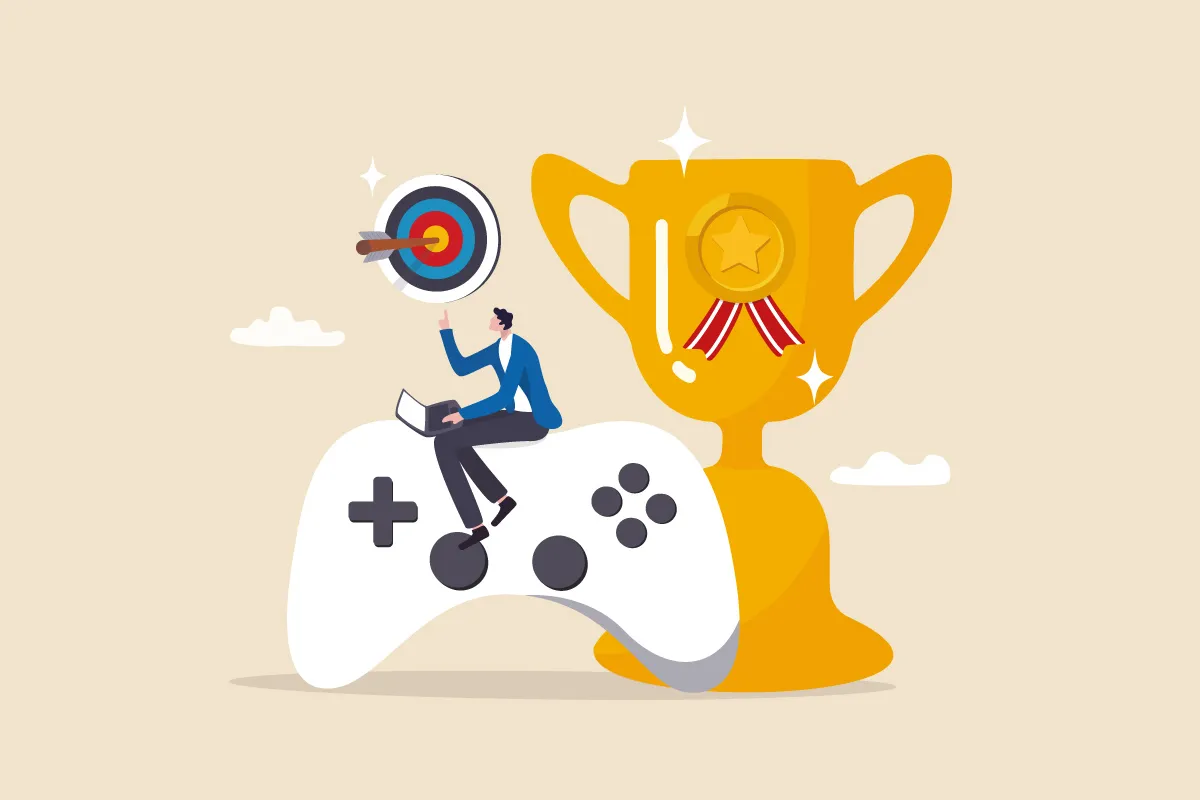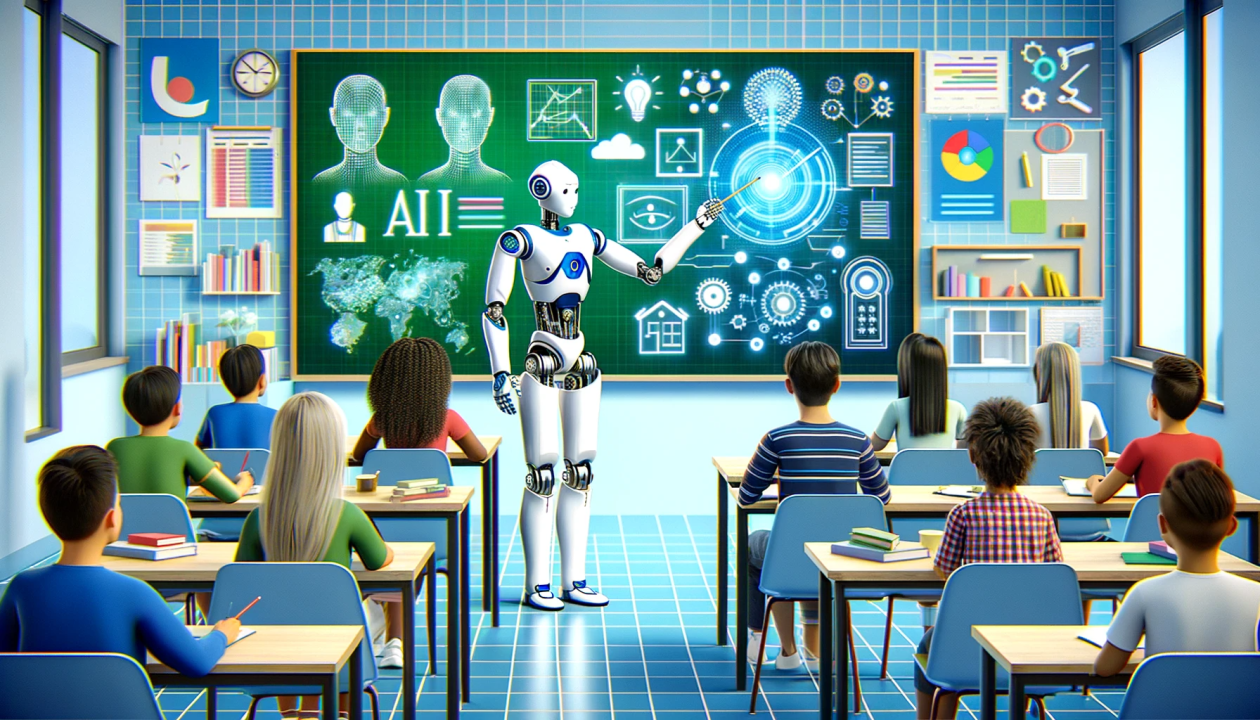The traditional classroom is under pressure. In an age of on-demand entertainment, short attention spans, and constant digital feedback, static lectures and standardized tests increasingly feel out of sync. Engagement is waning. Dropout rates are rising. Meanwhile, the global economy demands adaptive, self-driven learners.
Into this crisis enters gamification—the idea that if we borrow mechanics from games (points, levels, rewards), we can reignite curiosity, motivation, and participation in learning. The pitch is seductive: make learning feel like play, and students will come back for more.
But does it really work? Or are we simply slapping game badges onto broken systems?
🧩 What Is Gamification in Learning?
Gamification isn’t the same as educational games. Instead, it’s the application of game design elements to non-game environments, like a classroom, online course, or corporate training program. The goal? Make learning more engaging and adaptive.
Common gamification elements:
-
Points or XP for task completion
-
Levels that reflect progress
-
Badges as achievements
-
Leaderboards for friendly competition
-
Challenges, quests, and storylines for immersion
-
Immediate feedback for every action
🧠 Why Gamification Might Work: The Psychology of Play
Gamification taps into the intrinsic motivators that drive us:
| Motivator | Gamified Equivalent |
|---|---|
| Competence | Mastery through leveling up |
| Autonomy | Player choice, open pathways |
| Relatedness | Team quests, peer competition |
| Progress Feedback |
Scoreboards, visual meters |
In short, gamification offers clear goals, frequent rewards, and a sense of control—features often missing in conventional education.

🧪 Real-World Examples
-
Duolingo: Users earn XP, streaks, and gems while learning languages. The result? Over 500 million downloads and millions of daily learners.
-
Classcraft: Turns the classroom into a multiplayer RPG, where students collaborate to complete “missions” and gain powers—used in over 75 countries.
-
Khan Academy: Offers badges and energy points for course completion. Used in schools globally as a motivational overlay.
⚠️ But Not All That Glitters Is Gold
While gamification can boost short-term engagement, studies have revealed several caveats:
-
Extrinsic rewards can crowd out intrinsic motivation if learners focus on “collecting points” over understanding.
-
Poorly designed systems can gamify failure, punishing struggling students.
-
Over-competition may demotivate those consistently at the bottom of a leaderboard.
-
When “fun” becomes forced, learners may disengage entirely.
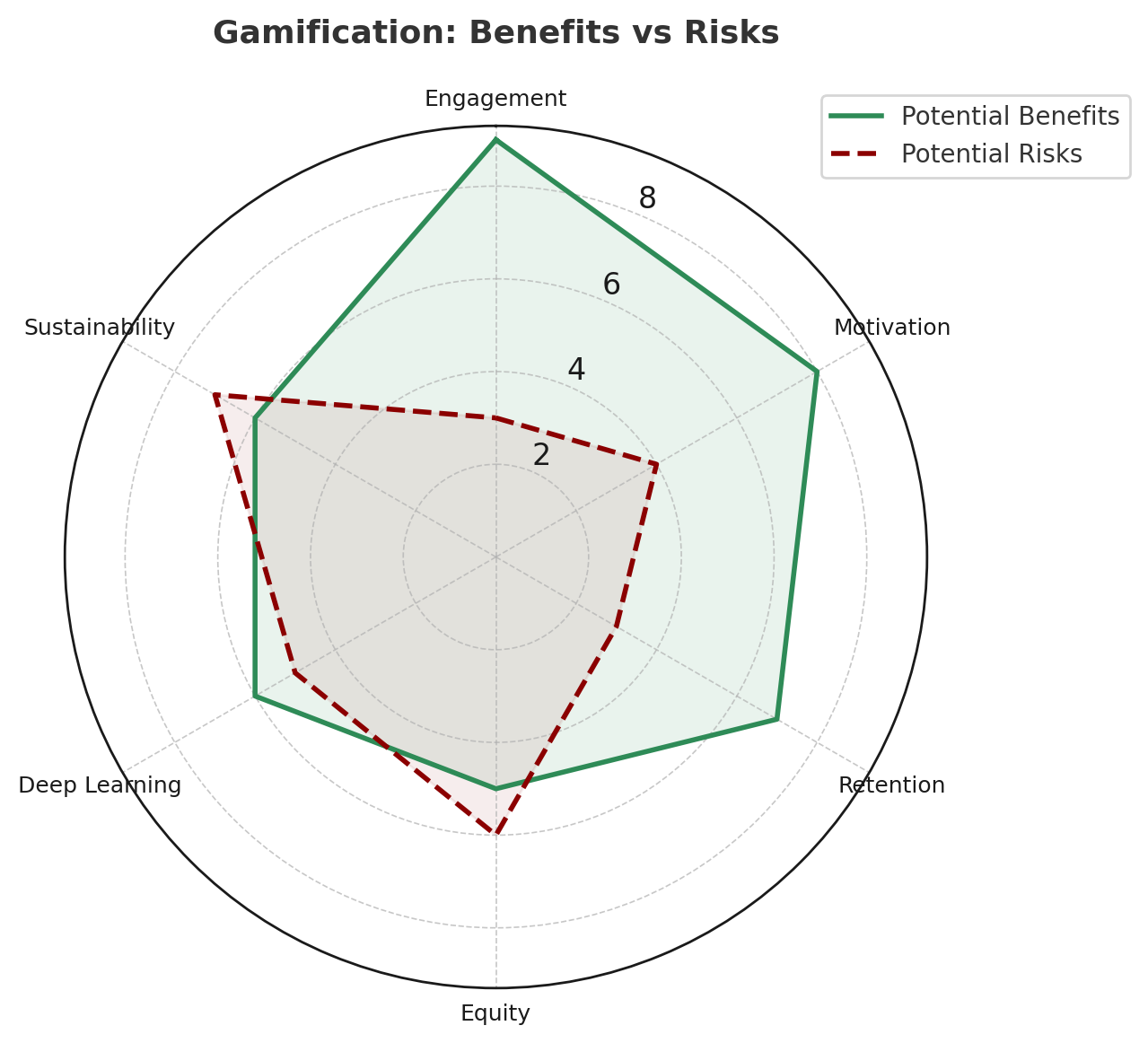
📚 What Makes Gamification Actually Work?
✅ DO:
-
Align game mechanics with learning goals, not just fun
-
Provide autonomy and meaningful choices
-
Offer constructive feedback, not just points
-
Design for inclusion, not just competition
-
Use narrative and challenge to deepen context
❌ AVOID:
-
Oversaturation with trivial rewards
-
Leaderboards without level playing fields
-
Turning learning into endless grind
🧾 Conclusion: A Powerful Tool—Not a Silver Bullet
Gamification is not a gimmick—but it’s also not a cure-all. When designed well, it can unlock motivation, make feedback visible, and help learners feel agency in their own progress. When applied carelessly, it risks turning learning into a shallow points race.
The real power of gamification lies in its ability to make education feel alive again—like something learners choose, shape, and even play.
If education is to remain relevant in the 21st century, it must borrow not just the aesthetics of games—but their insight into human behavior, decision-making, and joy.


